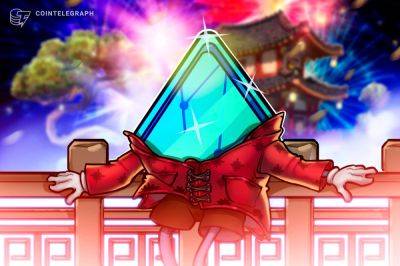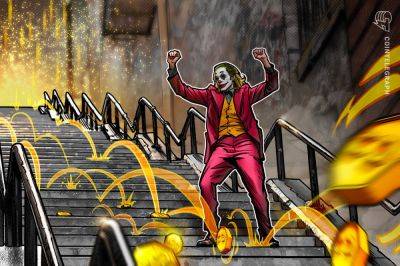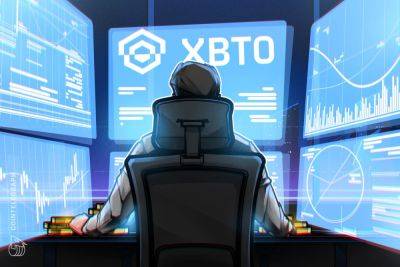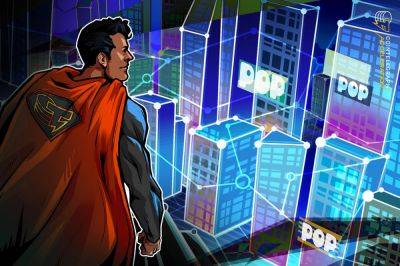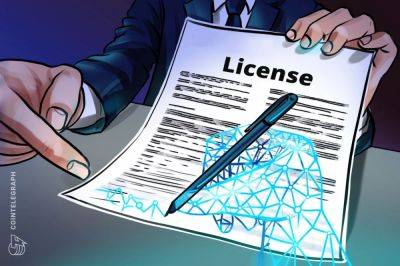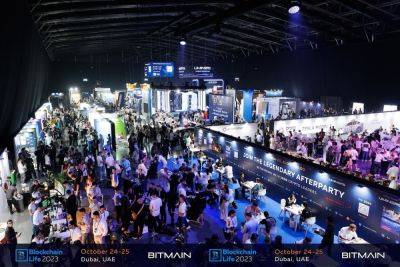Monolithic vs. modular blockchains
Looking at all the cryptocurrency in tracking sites like Coinmarketcap.com may leave most beginners confused at the number of tokens being offered to the public. Layer-1, layer-2, metaverse, DeFi, gaming, liquid staking, real world assets, memes and the like are like the toys in a large toy shop. Each has its own separate world.
One of the more recent types of tokens that have hit the market are called layer-2 scaling solutions. Examples of these tokens are Optimism, Arbitrum, zkSync, Polygon zkEVM, Consensys Linea, Coinbase Base, Starkware and a few that are not yet well known.
Ethereum founder Vitalik Buterin stated something called the Blockchain Trilemma. A blockchain tries to be secure, fast and decentralized. But according to Buterin, it is very hard to achieve all three. Ethereum, for example, is secure and decentralized, but it is quite slow. Transactions can sometimes take an hour or so to finalize if the network is congested. It is secure and decentralized because more than 500,000 independent validator nodes now secure the network and approve transactions by consensus. That is also why it is slow compared to a blockchain that only has a handful of nodes that validate transactions by consensus.
The early blockchains like Ethereum, Solana, Cardano, Binance Smart Chain and others basically tried to do all the work of a blockchain by themselves. This is somewhat similar to a restaurant manager who is also the one taking orders, cooking the food, chopping the vegetables, manning the cash register, pouring the drinks and cleaning the tables and floors. The next customer would need to wait until the one-man crew is ready to take their order. Hence, a long line forms outside the restaurant.
The new layer-2 scaling
Read more on cointelegraph.com




